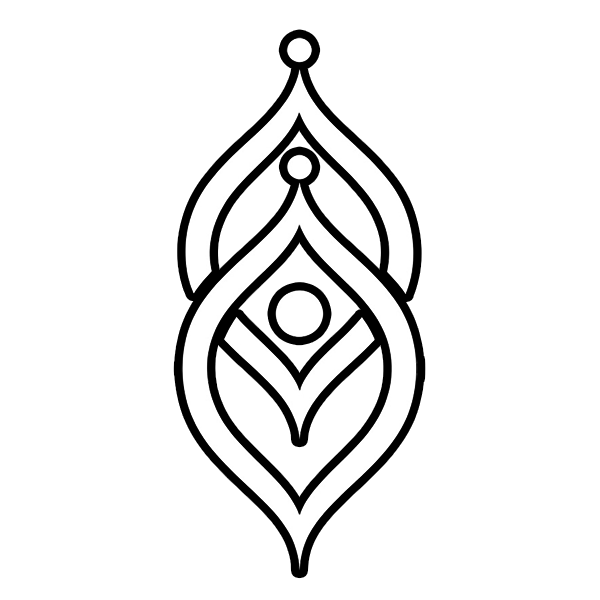The History of Sound Healing: From Ancient Rituals to Modern Science
Tracing the Sacred and Scientific Roots of Vibrational Medicine
Long before MRI machines and pharmaceutical formulas, there was sound.
The drumbeat. The chant. The hum of wind through sacred stones.
Across centuries and civilizations, humans turned to vibration as medicine — not metaphorically, but literally.
Today, as modern science begins to validate what indigenous wisdom has always known, sound healing is reemerging as one of the most ancient, natural, and powerful tools for restoring harmony to the body, mind, and soul.
In this essay, we’ll explore the fascinating origins, evolution, and resurgence of sound as a healing force — from prehistoric rituals to neuroscience labs.
🔥 Ancient Roots: Sound as Medicine in Early Civilizations
Sound healing is not new — it is one of humanity’s oldest healing technologies.
🐚 Shamanic and Tribal Traditions
In pre-written societies, sound was sacred. Shamans, medicine people, and ritual leaders used:
- Drumming to enter trance states
- Rattles and bells to clear dense energy
- Chants and humming to summon spirits, ancestors, or guidance
Cultures from Siberia to the Amazon to West Africa used sound to shift consciousness and move energy — long before there were terms like “theta brainwaves” or “nervous system regulation.”
The voice, the drum, the rattle — these were the first medicines.
🏺 Ancient Egypt
The Egyptians believed in the healing power of vowel sounds and used them in temple rituals.
Temples such as Saqqara were designed with acoustic resonance in mind — certain chambers amplified sound in powerful ways. Priests and priestesses chanted sacred tones for:
- Emotional purification
- Soul alignment
- Physical regeneration
Sound wasn’t decoration. It was technology of transformation.
🎶 India and the Vedic Tradition
India has one of the most systematized ancient sound healing systems in the world.
The Vedas, some of the oldest known scriptures (c. 1500 BCE), were sung, not read. These chants were passed down orally with vibrational precision — each sound thought to hold spiritual and healing power.
- The chakra system emerged from this context — mapping vibration through the body.
- Mantras like OM were understood to attune consciousness to universal frequency.
Sound here was not art — it was sacred geometry in motion.
🏛️ Greece: Sound and Medicine
Greek philosophers and physicians considered music essential to well-being.
- Pythagoras (c. 500 BCE) taught that the entire cosmos was made of music — the “Music of the Spheres.” He used specific scales and intervals to restore inner harmony.
- Hippocrates, the father of modern medicine, reportedly used music and sound in his healing sanctuaries.
Health was seen as harmony — and disease as dissonance.
🛑 Sound Healing in the Western Dark Age
As Western medicine shifted toward a mechanistic model of the body, sound was demoted from medicine to entertainment.
The rise of industrialism, rationalism, and later pharmacology pushed sound healing into the realm of the mystical, unproven, or forgotten.
But in many indigenous cultures, the sound lineages survived — passed through songs, ceremonies, lullabies, laments, and breath.
And now, they are returning.
⚛️ Modern Revival: Science Meets Ancient Wisdom
Over the past 100 years, sound healing has returned — this time backed by technology, data, and neuroscience.
🎧 20th Century Pioneers
- Hans Jenny (Switzerland, 1960s) developed Cymatics — photographing how sound creates geometric patterns in matter.
- Dr. Alfred Tomatis (France) studied how sound affects brain function and hearing recovery.
- Peter Guy Manners and others explored sound therapy devices based on frequency resonance.
🧠 Sound and the Nervous System (Now)
Today, researchers and therapists explore how sound affects:
- Heart-rate variability (a measure of resilience)
- Vagal nerve stimulation (calming the fight-or-flight response)
- Brainwave entrainment (moving from stress to meditative states)
- Neuroplasticity (how the brain rewires through auditory input)
Tools like:
- Binaural beats
- Singing bowls
- Voice toning and humming
- Gong baths
are being used in clinics, yoga studios, trauma therapy, and hospitals.
The language has changed — but the power of sound remains.
🔮 Why It Matters Today
We live in an age of disconnection — from the body, from the earth, from stillness.
Sound healing is not a nostalgic trend. It is an urgent return to a more intuitive, embodied way of being.
It helps us:
- Feel rather than analyze
- Regulate rather than suppress
- Remember that we are vibrating beings, not mechanical machines
In a world of noise, sound healing invites us into resonance — with ourselves, with others, with life.
✨ Final Words: The Oldest Medicine Still Sings
From the echoing chambers of ancient Egypt to the soft tones of a modern singing bowl…
From sacred Vedic mantras to today’s trauma-informed sound therapy…
Sound healing is not new. It is ancestral.
It is biological, emotional, spiritual, and deeply human.
As you explore sound — whether through your voice, an instrument, or simple listening — remember:
You’re not just using a tool.
You’re entering a lineage.
You’re tuning into a truth older than words.
And that truth still sings.
